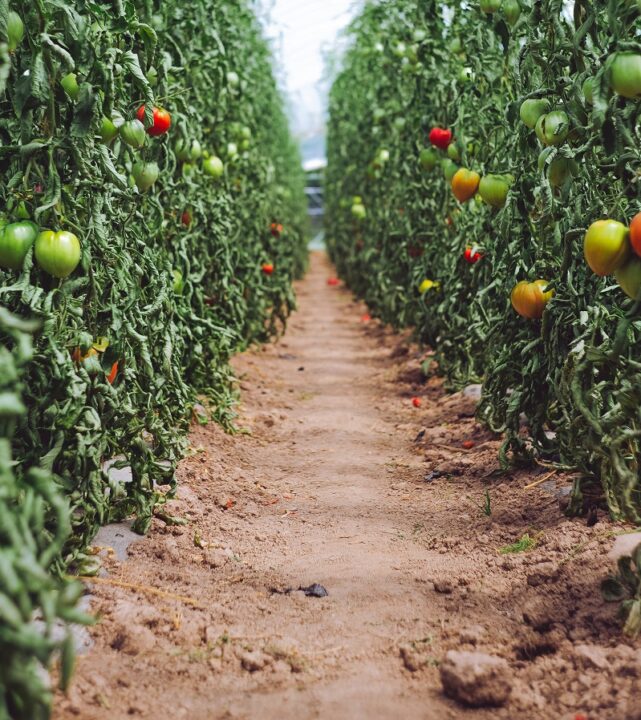Another Round of Big Bucks to Help Boost Research in Citrus Greening Battle
USDA’s National Institute of Food and Agriculture (NIFA) has announced an investment of nearly $11 million for research to combat citrus greening diseases (aka, HLB).
“NIFA’s Emergency Citrus Disease Research and Extension program brings the nation’s top scientists together with citrus industry representatives to find scientifically sound solutions to combat and prevent HLB at the farm-level,” says NIFA Director Dr. Carrie Castille. “This year’s awards represent all three major U.S. citrus growing regions and include possible solutions ranging from blocking HLB transmission from inside the insect vector to utilizing novel anti-microbial peptides to treat HLB-infected trees.”
The fiscal year 2021 five funded Emergency Citrus Disease Research and Extension projects include:
- Texas A&M AgriLife Research will leverage public-private partnerships between state agencies, universities, USDA’s Agricultural Research Service, and the citrus industry to pursue advanced testing and commercialization of promising HLB therapies and extend outcomes to stakeholders. ($7,000,000)
- University of California, Riverside will build on previous work and evaluate the performance of 300 hybrid citrus trees in established trials to map HLB tolerance/resistance genes and release superior new rootstocks. ($1,499,998)
- University of Florida seeks to develop a bacterial pathogen transmission blocking strategy (specifically to block Candidatus Liberibacter asiaticus, the pathogen that causes HLB) toward mitigation of citrus greening-related losses in an integrated pest management framework. ($1,020,810)
- University of Florida’s project will support the needs of both commercial and residential citrus growers by comparing new tools to support young trees and develop management recommendations for the incorporation of each tool into production and residential settings. ($750,000)
- University of Florida aims to introduce and transfer the natural HLB resistance present in Australian limes into conventional citrus to produce HLB-resistant Australian lime hybrid rootstocks and deploy these hybrids to protect susceptible citrus scions against HLB. ($500,000)
Currently, HLB has no cure. Since HLB’s initial U.S. detection in 2005, citrus acreage and production in Florida has decreased by 60% and 80% respectively.










